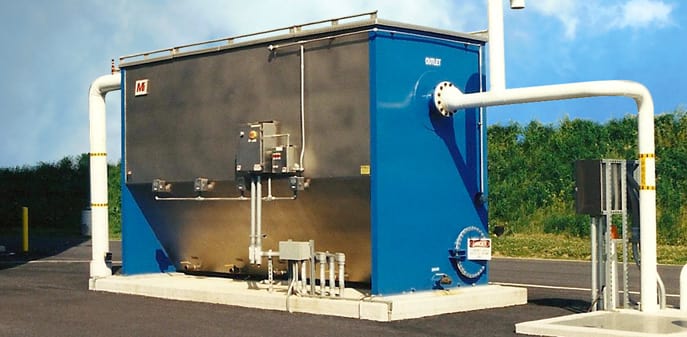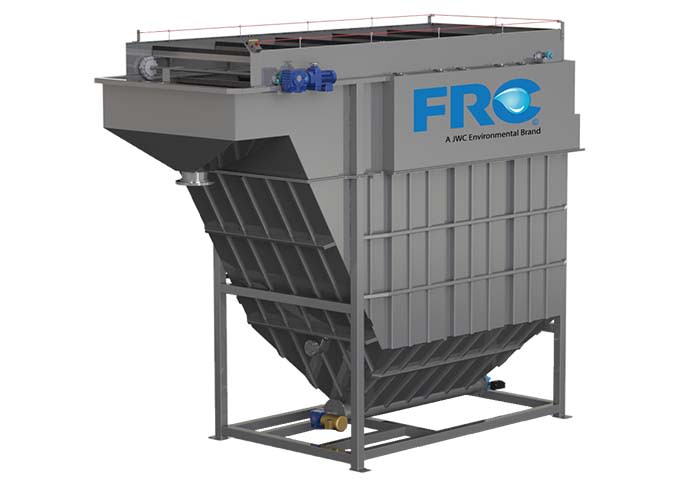atrizzy
Structural
- Mar 30, 2017
- 362
What are the best ways to freeze proof an above-ground API style OWS?
Are agitators an option with the gravity separation mechanism also at play?
In place heaters? Should I insulate the sides of the thign and provide removable insulated lids?
Any advice is appreciated, and thank you in advance.
Are agitators an option with the gravity separation mechanism also at play?
In place heaters? Should I insulate the sides of the thign and provide removable insulated lids?
Any advice is appreciated, and thank you in advance.


